Mozambique: Residents of Nametil forced to abandon their homes - AIM | Watch
Mozambique: Terrorism is weakened and fragmented in the country – Rafael | Watch
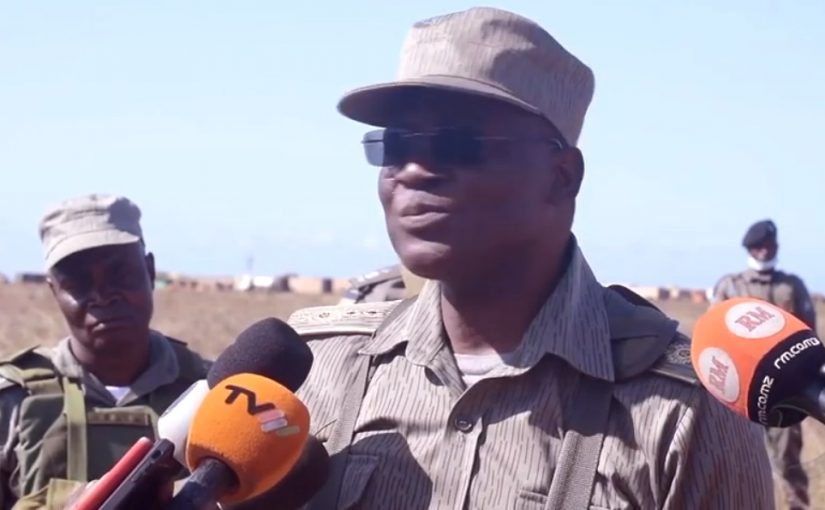
Image: Miramar
General Commander of the Police, Bernardino Rafael, says that a combination of forces had made it possible to remove the armed groups active in the north of Mozambique from points considered strategic.
Rafael now considers terrorism weakened and fragmented, but recognizes that there is still a long way to go in the elimination of the terrorists altogether.
Speaking to journalists in Pemba, Rafael analysed the five years of the armed conflict that has already resulted in the death of around 4,000 people and the displacement of over a million inhabitants.
October 2022 marks exactly five years since the first terrorist incursions took place in Mocimboa da Praia, Cabo Delgado province, northern Mozambique.
It was the beginning of a conflict characterised by beheadings, the destruction of villages and the uprooting of populations from their areas of origin by terrorists.
The Defence and Security Forces entered the scene in pursuit of the attackers, evicting them from their hiding places.
Five years after the outbreak of the attacks, Bernardino Rafael admits that the phenomenon remains complex.
In a chronology of the events, Rafael says that, at the beginning, the Defence and Security Forces had enormous difficulty fighting the group, because they did not know who the enemy was.
Once the terrorists’ modus operandi had become apparent, security authorities began large-scale operations aimed at dislodging the attackers from their positions in difficult-to-reach places.
In 2021, the fight against terrorism received a new impetus, with the entry of military partners from Rwanda and the mission from the countries of Southern Africa.
According to Bernardino Rafael, this combination of forces had made it possible to drive the armed group from points previously considered strategic by the terrorists.
Watch the Miramar report.
Research has revealed the insurgency was born out of a religious sect called Al Shabaab which was present in Cabo Delgado since the early 2010s – maybe the late 2000s. The leaders of the sect are today’s leaders of the insurgency
— Eric Morier-Genoud (@emorier) October 5, 2022
The insurgents connected to the Islamic State in early 2018. A pledge of affiliation seems to have been provisionally accepted by August. Images of the pledge renewal (its officialisation) emerged in July 2019 pic.twitter.com/WZy6Gnodqs
— Eric Morier-Genoud (@emorier) October 5, 2022




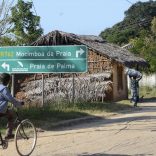


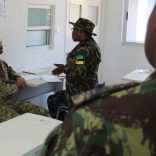
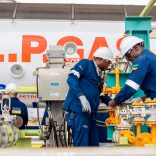


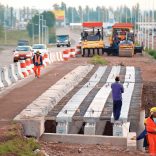
Leave a Reply
Be the First to Comment!
You must be logged in to post a comment.
You must be logged in to post a comment.